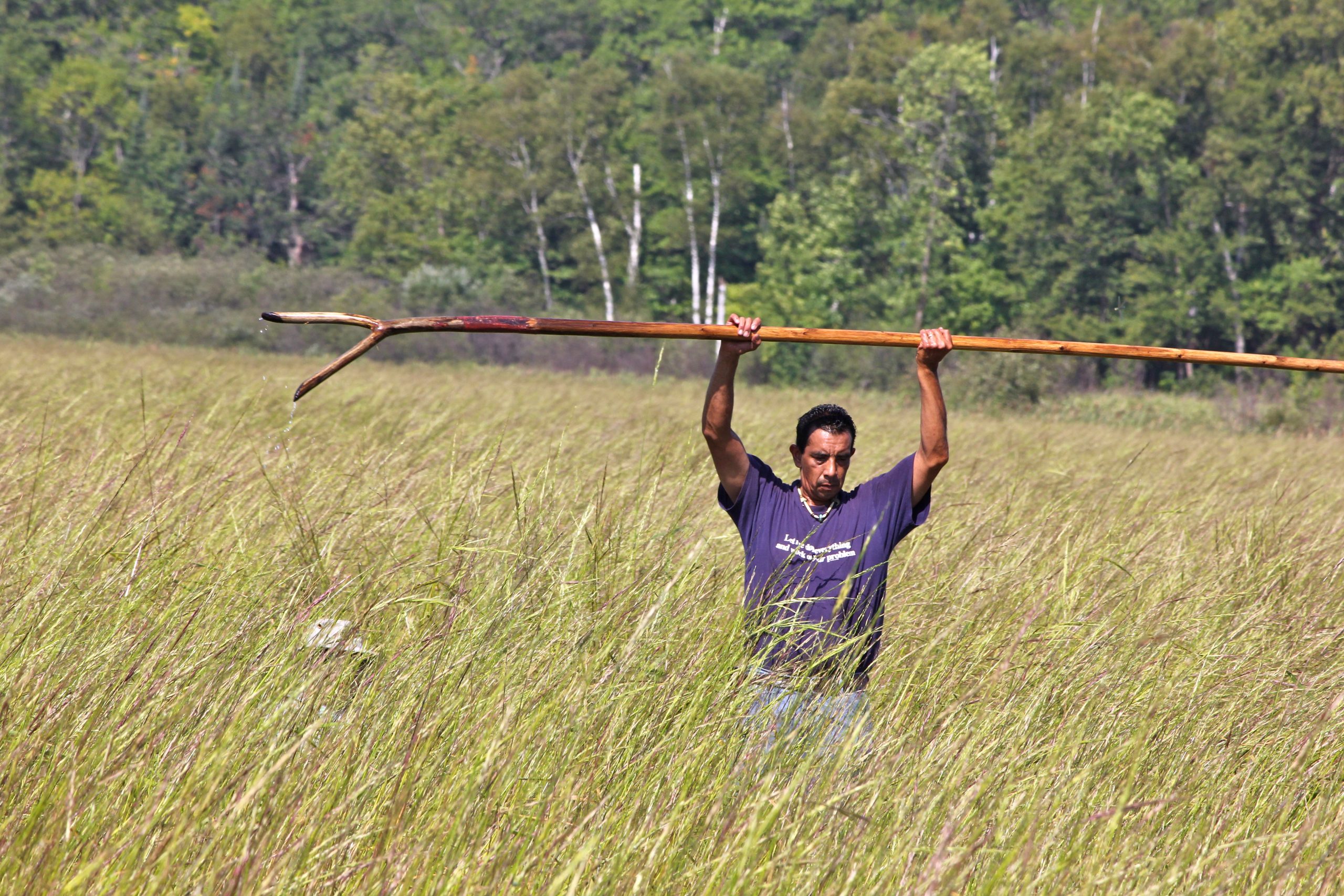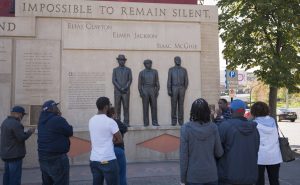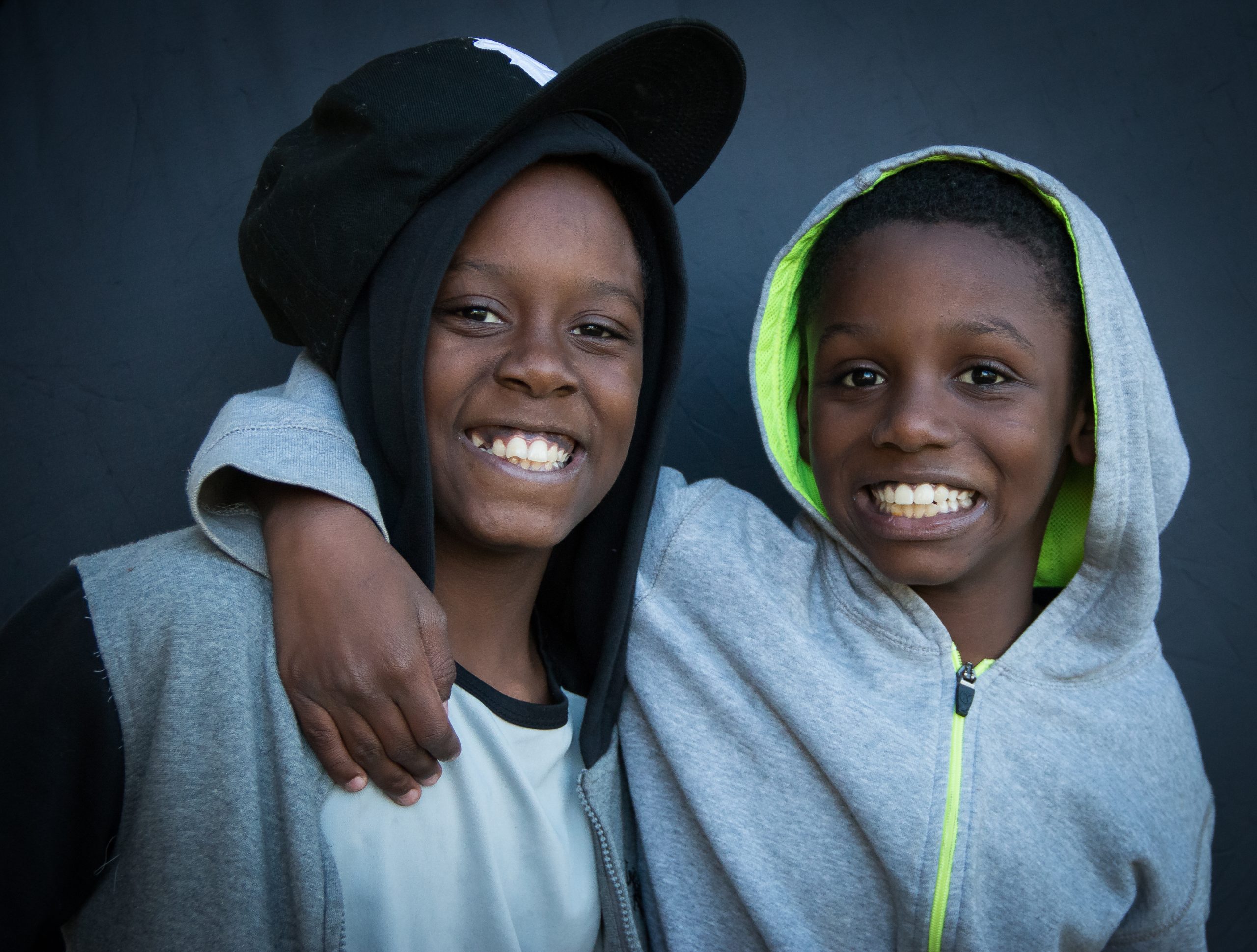11 Engaging Philanthropy
Who is invested in community change?
There are people and organizations in your community who are also invested in the community change work you are involved in or leading. They may not be directly impacted by the issue but they care about the community and are motivated to support endeavors that will have a positive impact. They likely include:
- Business owners and community leaders
- Non-profit leaders
- Social service agencies
- Elected officials
- Philanthropy
According to the organization Giving USA, Americans provided more than $471 Billion to charity in 2020, a 5% increase from the year before. The top donor group were individuals and the second was philanthropic foundations, providing $88.5 Billion, a 17% increase from the previous year.[1]
Philanthropy
It is important to focus on the role of philanthropy which will likely play a critical role in community change work as the funders of the work. The term is used to describe either a person or organization that contributes financial resources towards efforts that benefit the community.[2] Contemporary philanthropy is provided either by individual people who possess financial resources and motivation to invest those in the capacity of others, or organizations whose mission is to distribute financial resources to benefit the community. Most of us refer to these organizations as ‘foundations’, which are designated by the IRS as either private or community foundations that distribute financial resources for charitable purposes [3]. The first foundation in the US was created in 1907 in order to contribute to the growing social welfare needs as well as to protect financial earnings of some of the largest corporations.[4]
Within the first decade, however, the US Commission on Industrial Relations filed a report raising concern about the impact of the concentration of wealth and power and called on Congress to regulate the newly formed foundations.[5] The regulation was quite minimal until the passing of the 1969 Tax Reform Act, which included a requirement for a foundation to spend 6% of its net investment income (which is now at 5%).[6]
Whether or not you are likely to need financial resources for your community change work, it is important to be familiar with the philanthropic resources in your community and consider representatives as stakeholders in your work. It also may be that you will need financial resources at some point, particularly if community planning and development becomes your community change strategy at some point in your work. In that case, it would be valuable to have already engaged with the foundations or philanthropists in your community to determine if possibly seeking their support would be beneficial to your endeavors. Before proceeding, however, you need to be aware of the benefits and challenges.
Benefits and Challenges of Philanthropy
Due to the nature of philanthropy as a tool to both contribute to charitable purposes as well as shield financial assets from being taxed, there are definite cautions to consider when engaging with philanthropy. According to the 2021 Giving USA Annual Report, contributions to ‘public society benefit organizations’ received the largest increase in donations compared to other categories of recipients, at a 15.7% increase from the previous year.[7] This represents a benefit to organizations engaged in community change work, such as community development organizations, human and civil rights organizations, and United Ways.[8]
Since the invention of philanthropy, cautions have been expressed about the impact that reliance on philanthropic resources can have on the ability of an organization to carry out its mission and on the drift of accountability to constituents. If organizations rely on philanthropy for their existence, they are likely to direct their proof of viability and effectiveness to the sources of funding rather than to the constituents they are designed to serve—a well-documented phenomenon of social justice organizations.[9] So, organizations should be considerate of the extent to which philanthropic resources can benefit their stakeholders but be cautious about any potential mission drift or impacts on accountability.
Engaging Philanthropy through Grant Writing
The financial resources of either private or community foundations are typically accessed by submitting a grant, which is essentially a compelling written explanation of a community need, the intentional ways in which your organization intends to address the need, and the resources needed to complete the work. The Common Grant Application (2014), a nationally accepted format for grant writing includes six sections for a general operating grant, which is relevant to most non-profit organizations:
- Organizational background
- Statement of need
- Project goal and design
- Timeline and strategies
- Funding plan
- Evaluation plan[10]
Since grant writing is a framework for this book and my community change teaching, each grant section is referenced in the part of the text where it is relevant.
- Giving USA (2021). Infographic of Annual Report. https://givingusa.org/ ↵
- McCully, G. (September 15, 2015). The unity of philanthropy and education. ↵
- Cadrin, M. (February 21, 2022). Private foundations vs. public charities: What’s the difference? Investopedia. https://www.investopedia.com/financial-edge/1112/the-difference-between-private-foundations-and-public-charities.aspx ↵
- Incite. (2007). The revolution will not be funded: Beyond the non-profit industrial complex. Cambridge, Mass: South End Press. ↵
- Frumkin, P. (1994). Left and right in American philanthropy [Review of Giving for Social Change, by A. K. Nagai, R. Lerner, & S. Rothman]. Minerva, 32(4), 469–475. http://www.jstor.org/stable/41820953 ↵
- Incite. (2007). The revolution will not be funded: Beyond the non-profit industrial complex. Cambridge, Mass: South End Press. ↵
- Giving USA (2021). Infographic of Annual Report. https://givingusa.org/ ↵
- Philanthropy Outlook. (2022). http://philanthropyoutlook.com/ ↵
- Incite. (2007). The revolution will not be funded: Beyond the non-profit industrial complex. Cambridge, Mass: South End Press. ↵
- National Network of Grantmakers. Common Grant Application (2014). https://www.fracturedatlas.org/site/fiscal/National%20Common_Grant_Application.pdf ↵
Necessity of Acknowledging Context
This is a book on community and organizational change, so knowing and acknowledging the context of my work feels important and relevant. So much of the context for community work includes tragic history and the strengths and resilience of the people who have survived unthinkable intentional acts at the hands of oppressors who abused their power often for hundreds of years. It is baked into the fabric of our communities and incorporated into the DNA of our children. My community is no exception, so it needs to be acknowledged. If ignored, because it is too hard to hear, then expect to be less effective in your work. Period.
As I am a settler in the region where I live and work, there are a few critical place-based and people-based acknowledgments that I need to make in order to provide some context for this text.
My Community

These images reflect the beauty of the community that I call 'home.' It is rich with stories, recent and past, and filled with people who are active in creating the community that they want to live in—one in which they feel welcomed and able to thrive and lead.
Region as Home to the Anishinaabe
I am writing this book from the shores of Lake Superior, in a region that is the current home to the Anishinaabe people[1]. Specifically, we are located in the treaty-ceded territory of the 11 Ojibwe Tribes of Minnesota and Wisconsin. As identified in the treaties, particularly from 1854, the Nations ceded the land in northern Michigan, Wisconsin, and Minnesota, but retained the rights to hunt, fish, and gather in the ceded territories[2]. This agreement must be honored and remains critical to health and healing.

This knowledge is critical for any of us who work or live in the Upper Midwest, as it helps us to understand the life-giving Manoomin (wild rice); the enormous cost of the tragedy of the Sandy Lake Massacre, and the horrifying actions preceding the massacre; the legacy of the boarding school era on families and communities; the reality of missing and murdered Indigenous people; the necessity of food sovereignty; the ingenuity of culturally-relevant human service strategies; the importance of language revitalization as empowerment and resilience, and so much more.
Region as Site of Community Violence
I am also writing this book from a community that engaged in an incident of lynching during the Jim Crow era of three African American men over 100 years ago[3]. A mob of 6-10,000 people came together in a matter of hours to murder three African American men who were in Duluth, Minnesota with a traveling circus. Clearly, the circumstances of hate and tension already existed when the men were wrongly accused of raping a white woman was made. Just think....the mob was gathered primarily by word-of-mouth as people drove around the city exclaiming that they needed to take justice into their own hands.

Often people are very surprised to know that this occurred in such a Northern state, far from the Jim Crow South. This is a part of the myth of the progressive North.
So. . . what is the history of your community that shapes the context for your work?
My Help and Inspiration
In addition, I want to recognize some of the people who have individually assisted or inspired my work. This includes former social work students like Vanessa Sowl, who read through this text and provided critical honest feedback; my amazing niece, Kate, who worked most closely with me to edit the entire text; Jax Kobielus, the technically talented and very kind copy editor at UW-Superior who edited and polished the entire draft; my closest friends—Emily, Patty, Shari, Dana, Sandra, Erik, Kevin— who were endlessly encouraging; more friends, community organizers and mentors like Carl Crawford, LeAnn Littlewolf, Nevada Littlewolf, Ivy Vainio, Treasure Jenkins, Emma Carroll, Henry Banks, Steve O'Neil, Erik Peterson, Denny Falk and many more who I have learned from and been challenged by in necessary ways over the years; amazing coworkers at UW-Superior (Mimi, Mandy, Cherie, Haji, T, Laurel, Kennedy, Salisa, Stephanie, Emily, Travis, Del, Rachel, Ina...), all the amazing changemakers at Ashoka who I recently became connected with and of course my family—Mom (Kathy), Brother (Richard), Eric, Ian, Cy, and Cal. It wasn't important that they understood what I was working on, but I did need the encouragement and space for me to do my 'thing.'
Finally, I am inspired by the youth! All change-making efforts should keep youth at the center of our work. We have an opportunity and responsibility to shape the world in which they can be their authentic selves and live out the dreams they have for themselves and their families.


